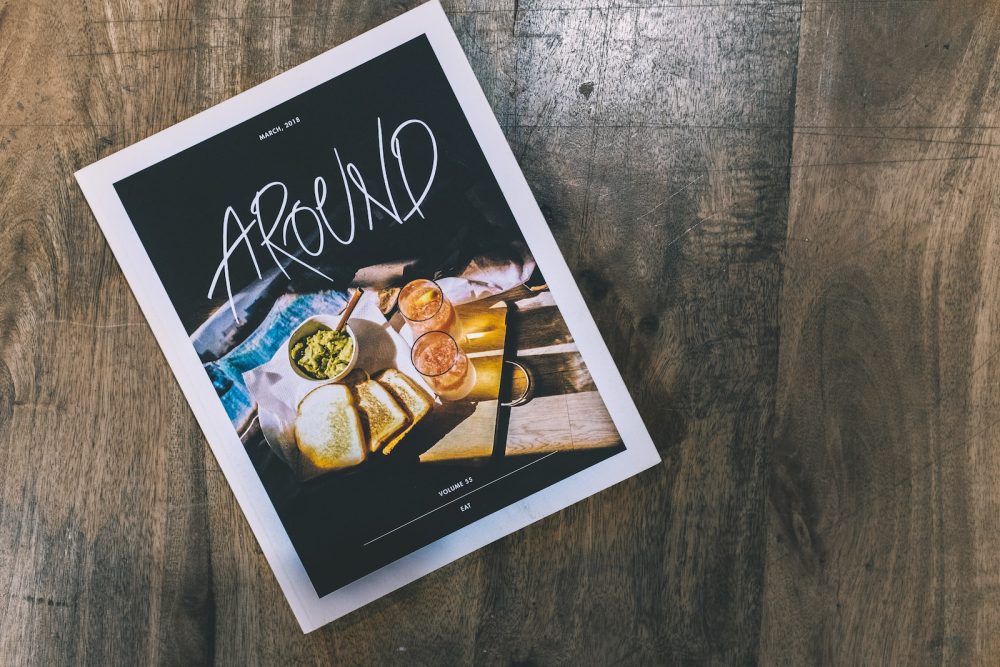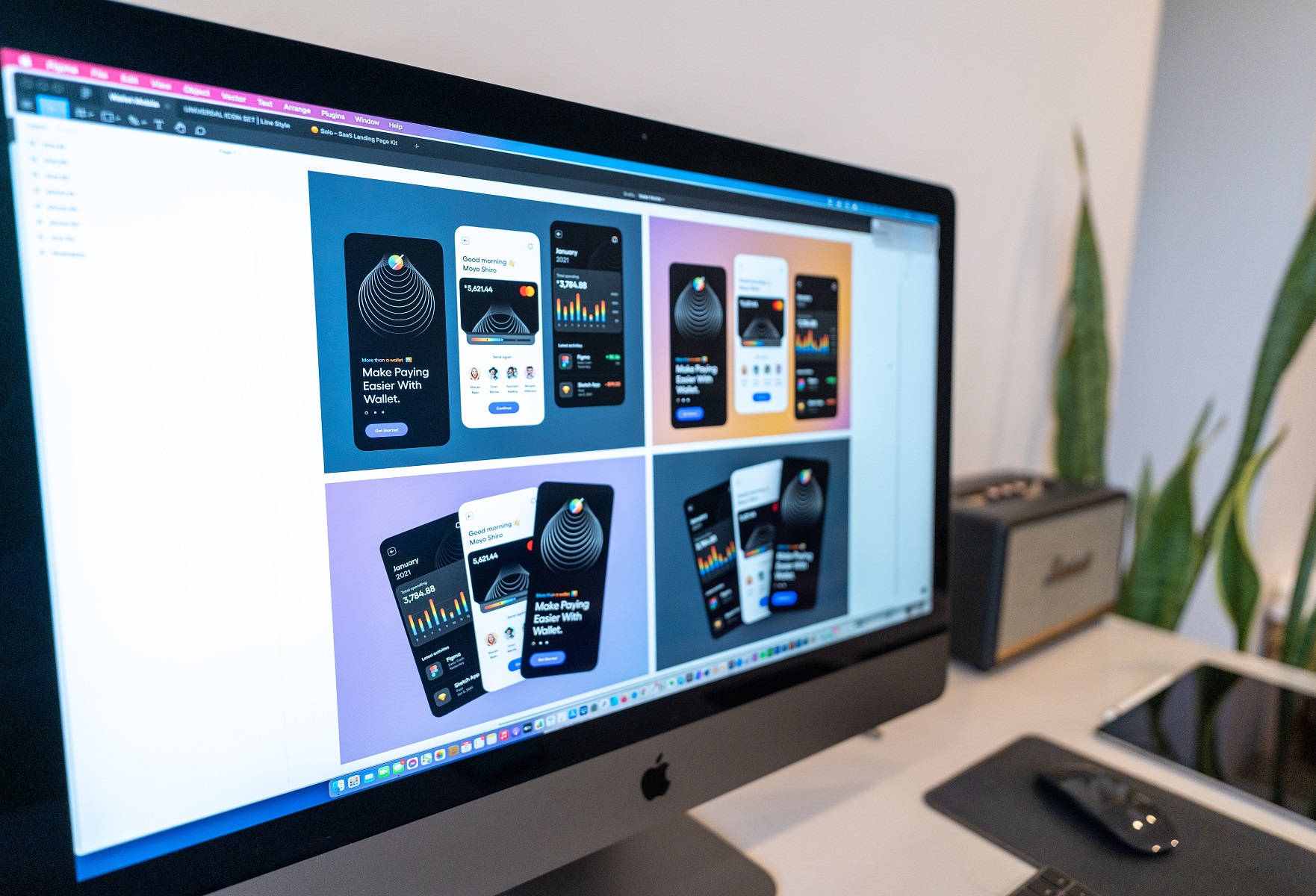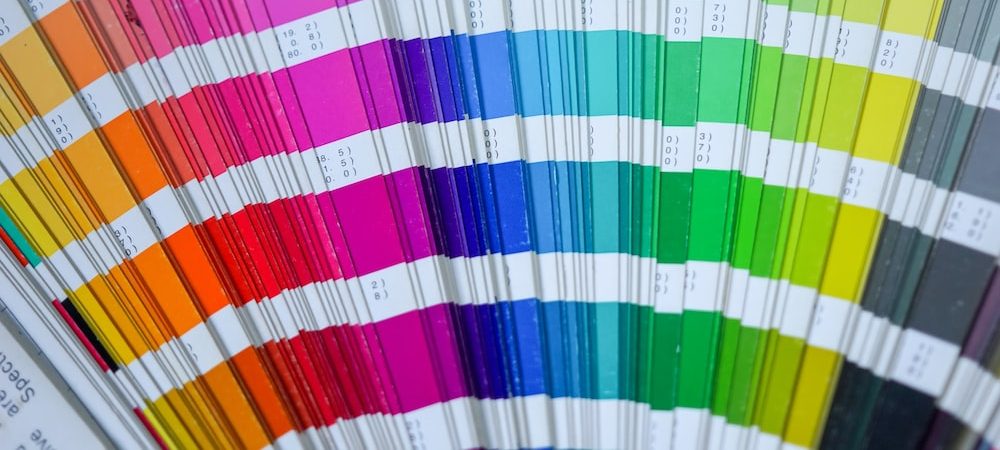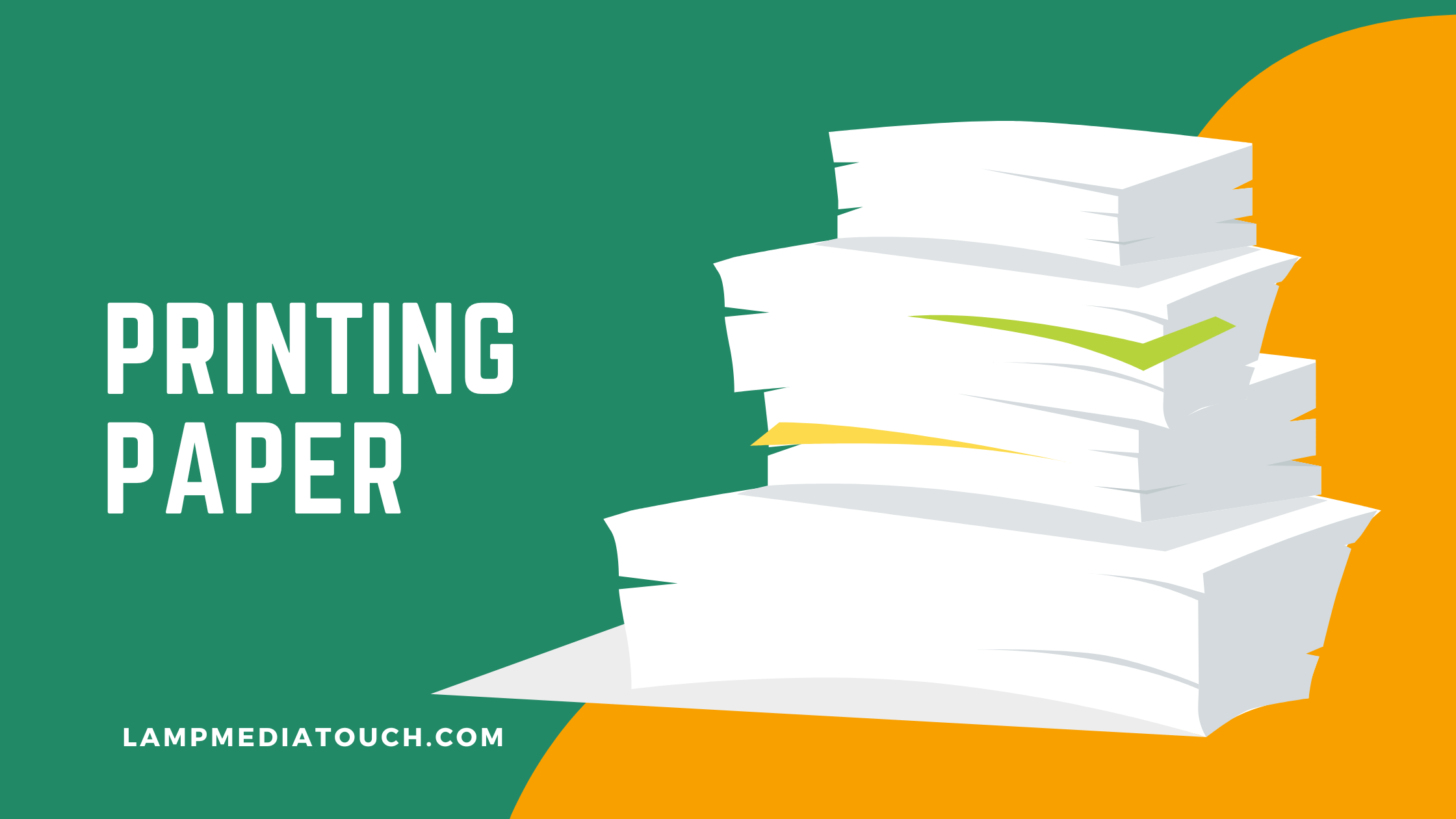Flyers are one of the most effective and affordable ways to promote your business, event, or cause. They can help you reach a large audience, communicate your message clearly, and create a lasting impression. But how do you print amazing flyers that stand out from the crowd and get results? In this complete guide to flyer printing, we will show you how to design, print, and distribute flyers that will wow your target market and achieve your goals.
What Is Flyer Printing?
Flyer printing is the process of creating and producing a single-page printed document that contains information about a product, service, event, or campaign. Flyers are usually distributed by hand or mailed to potential customers or supporters. Flyers can also be displayed on bulletin boards, windows, walls, or other public places.
Flyers are different from brochures, which are folded documents that contain more detailed information. Flyers are also different from posters, which are larger and designed to be seen from a distance. Flyers are meant to be read up close and quickly.
Why Print Flyers?
Flyers are still one of the most popular printed advertising tools simply because they work. With flyer printing, you can:
- Enhance your visibility among your target market
- Connect with your customers on a personal level
- Promote your brand identity and value proposition
- Drive traffic to your website, store, or event
- Generate leads and sales
- Increase awareness and support for your cause
- Measure the effectiveness of your marketing campaign
Flyers are also easy and cheap to print and distribute. You can create and customize flyers using online tools or software, or hire a professional designer to do it for you. Online tools are convenient and user-friendly, while software programs offer more flexibility and creativity.
However, if you want to save time and ensure quality, you can also hire a professional designer from lampmediatouch.com, a website that connects you with experts in flyer design and printing. You can also choose from a variety of sizes, shapes, paper stocks, and finishes to suit your needs and budget. Some common sizes are A4, A5, A6, DL, and square. Some popular shapes are round, oval, heart, and star. Some paper stocks are glossy, matte, recycled, or premium. Some finishes are laminated, UV coated, or embossed. The choice is yours depending on the purpose and audience of your flyers.
How to Design Flyers?
Designing flyers is not as hard as it may seem. You just need to follow some basic principles and tips to create flyers that are attractive, informative, and persuasive. Here are some steps to guide you:
1. Define your purpose and audience.
Before you start designing your flyer, you need to know what you want to achieve with it and who you want to reach. This will help you decide on the content, tone, style, and layout of your flyer. For example, if you want to promote a new product to young adults, you might use catchy headlines, bright colors, and trendy fonts. If you want to invite people to a charity event for seniors, you might use formal language, warm colors, and classic fonts.
2. Choose a size and shape.
The size and shape of your flyer will depend on how much information you want to include and how you plan to distribute it. The standard size for flyers is 8.5 x 11 inches (letter size), but you can also use smaller or larger sizes depending on your preference. You can also choose from different shapes such as square, round, or die-cut. The shape of your flyer can help you attract attention and convey your message more creatively.
3. Select a paper stock and finish.
The paper stock and finish of your flyer will affect its look and feel as well as its durability. You want to choose a paper stock that is thick enough to hold your design well but not too thick that it becomes difficult to fold or mail. You also want to choose a finish that matches your design and purpose. For example, if you want a glossy and vibrant flyer, you might use a coated paper stock with a gloss finish. If you want a natural and elegant flyer, you might use an uncoated paper stock with a matte finish.
4. Create a layout and hierarchy.
The layout and hierarchy of your flyer will determine how easy it is for your readers to scan and understand your message. You want to create a clear and logical structure that guides their eyes from the most important elements to the least important ones. You can use grids,
columns, margins, alignment, spacing, and contrast to create a balanced and harmonious layout. You can also use headings, subheadings, bullets, numbers, icons, images, and colors to create a hierarchy of information that highlights the key points of your flyer.
5. Write compelling copy.
The copy of your flyer is the text that communicates your message to your audience. You want to write copy that is clear, concise, catchy, and convincing. You want to use simple and direct language that speaks to your readers’ needs and desires. You want to use action verbs and calls to action that motivate your readers to take the next step. You want to use benefits and testimonials that prove your value and credibility. You want to use headlines and subheadlines that capture your readers’ attention and curiosity.
6. Add relevant images and graphics.
The images and graphics of your flyer are the visual elements that support and enhance your message. You want to use images and graphics that are relevant, high-quality, and eye-catching. You want to use images and graphics that show your product, service, event, or cause in a positive and appealing way. You also want to use images and graphics that complement your brand identity and style. You can use photos, illustrations, logos, icons, charts, or graphs to add visual interest and information to your flyer.
7. Proofread and print your flyer.
The final step of designing your flyer is to proofread and print it. You want to check your flyer for any spelling, grammar, punctuation, or formatting errors. You also want to check your flyer for any design issues such as alignment, spacing, contrast, or resolution. You can use online tools or software to help you with proofreading and printing. You can also ask someone else to review your flyer and give you feedback. You want to make sure your flyer is error-free and ready to print.
How to Print Flyers?
Printing flyers is not as complicated as it may sound. You just need to follow some basic steps and tips to print flyers that are high-quality and cost-effective. Here are some steps to guide you:
1. Choose a printing method.
The printing method of your flyer will depend on the quantity, quality, and budget of your project. There are two main printing methods for flyers: digital printing and offset printing. Digital printing is a process that prints directly from a digital file to a printer. It is fast, flexible, and affordable. It is ideal for small quantities (less than 500) and short deadlines. Offset printing is a process that transfers ink from a plate to a rubber blanket and then to paper. It is slow, rigid, and expensive. It is ideal for large quantities (more than 500) and long-term projects.
2. Choose a printing company.
The printing company of your flyer will affect the quality, price, and service of your project. You want to choose a printing company that is reliable,
reputable, and professional. You want to choose a printing company that offers high-quality printing, competitive pricing, and excellent customer service. You can search online or ask for recommendations from friends or colleagues to find a good printing company near you.
3. Prepare your files for printing.
The files of your flyer are the digital documents that contain your design and content. You want to prepare your files for printing according to the specifications and requirements of your printing company. You want to make sure your files are in the correct format (usually PDF), size (usually 8.5 x 11 inches), resolution (usually 300 dpi), color mode (usually CMYK), bleed (usually 0.125 inches), and margins (usually 0.25 inches). You can use online tools or software to help you with preparing your files for printing. You can also ask your printing company for guidance or assistance.
4. Review and approve your proofs.
The proofs of your flyer are the samples or previews of how your flyer will look like when printed. You want to review and approve your proofs before printing to ensure that everything is correct and satisfactory. You want to check your proofs for any errors or issues in the design, content, color, or quality of your flyer. You can request physical proofs or digital proofs from your printing company depending on your preference and availability.
5. Print and receive your flyers.
The final step of printing your flyers is to print and receive them from your printing company. You want to print your flyers according to the quantity, quality, and deadline of your project. You also want to receive your flyers in good condition and on time from your printing company. You can choose from different delivery options such as pickup, standard shipping, or express shipping depending on your preference and urgency.
How to Distribute Flyers?
Distributing flyers is not as simple as it may seem. You need to follow some basic strategies and tips to distribute flyers that are effective and efficient. Here are some steps to guide you:
1. Define your distribution goals and methods.
Before you start distributing your flyers, you need to know what you want to achieve with them and how you plan to do it. This will help you decide on the quantity,
location, time, and method of your flyer distribution. For example, if you want to increase sales for your online store, you might distribute 1,000 flyers to potential customers in your area using mail or hand-to-hand methods. If you want to raise awareness for your charity event, you might distribute 5,000 flyers to supporters and donors in your city using display or door-to-door methods.
2. Choose your distribution locations and times.
The distribution locations and times of your flyers will affect the reach and impact of your flyers. You want to choose locations and times that are relevant, convenient, and strategic for your target market. You want to choose locations and times that have high foot traffic, visibility, and exposure for your flyers. For example, if you are promoting a restaurant, you might distribute your flyers near other restaurants, grocery stores, or office buildings during lunch or dinner hours. If you are promoting a concert, you might distribute your flyers near music venues, record stores, or colleges during weekends or evenings.
3. Choose your distribution methods and materials.
The distribution methods and materials of your flyers will affect the efficiency and effectiveness of your flyers. You want to choose methods and materials that are suitable, reliable, and affordable for your project. You can choose from different methods such as hand-to-hand, door-to-door, mail, or display. You can also choose from different materials such as envelopes, bags, boxes, or racks to protect and present your flyers.
4. Hire or train your distribution team.
The distribution team of your flyers is the people who will help you distribute your flyers to your target market. You want to hire or train a distribution team that is professional, trustworthy, and enthusiastic. You want to hire or train a distribution team that knows how to approach and interact with potential customers or supporters in a friendly and respectful manner. You can hire a distribution team from a reputable flyer distribution company or recruit volunteers from your own network.
5. Track and measure your distribution results.
The distribution results of your flyers are the outcomes and feedback of your flyer distribution campaign. You want to track and measure your distribution results to evaluate the performance and effectiveness of your flyers. You can track and measure your distribution results using different tools such as coupons, codes, surveys, or analytics. You can also track and measure your distribution results using different metrics such as reach, response rate, conversion rate, or return on investment.
Conclusion
Flyer printing is a powerful and practical way to promote your business, event, or cause. By following this ultimate guide, you can print amazing flyers that will attract attention, communicate clearly, and persuade action. You can also distribute your flyers effectively and efficiently to reach your target market and achieve your goals.
If you need help with flyer printing or distribution, you can contact us at lampmediatouch.com. We are a leading online printing company that offers high-quality flyer printing at affordable prices. We also offer fast turnaround time and free standard shipping on all orders.
We can help you design, print, and distribute flyers that will make an impact on your audience and boost your brand image. Whether you need flyers for business, events, or parties, we have you covered.
Contact us today for a free quote or consultation on flyer printing or any other printing needs. We are here to make your life easier and your marketing more successful.





